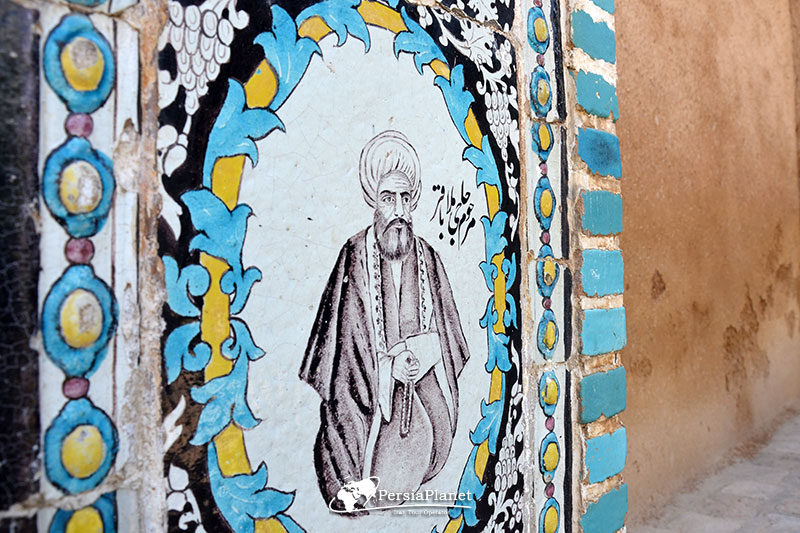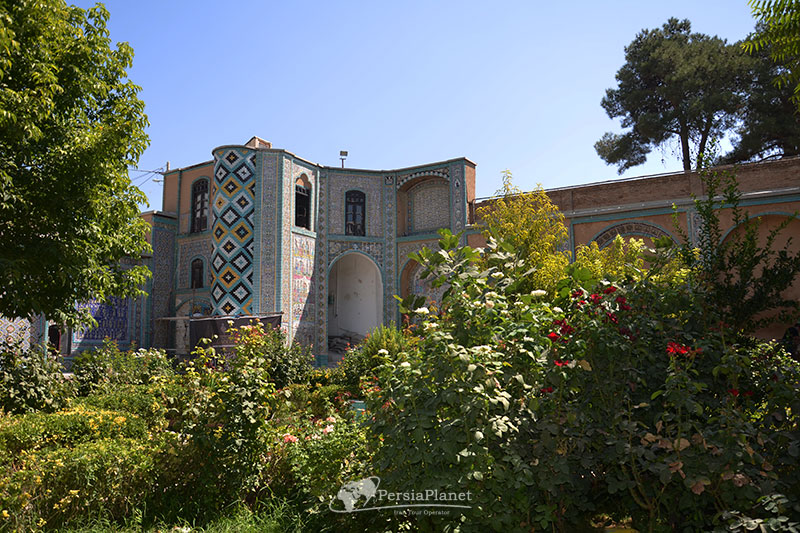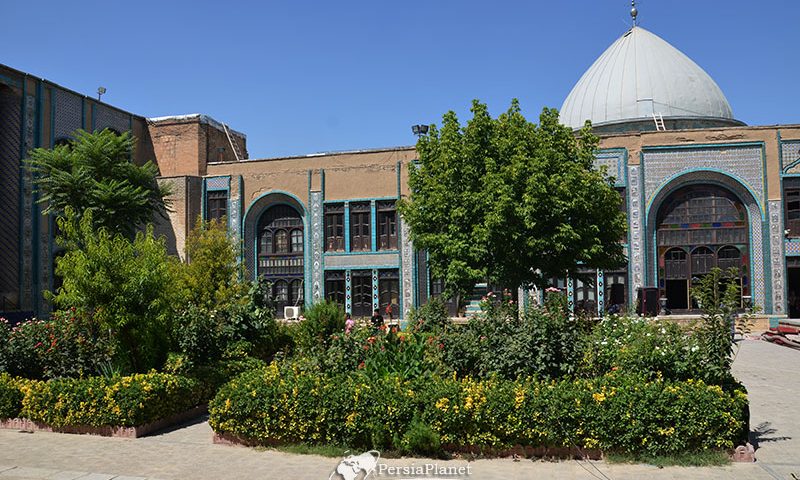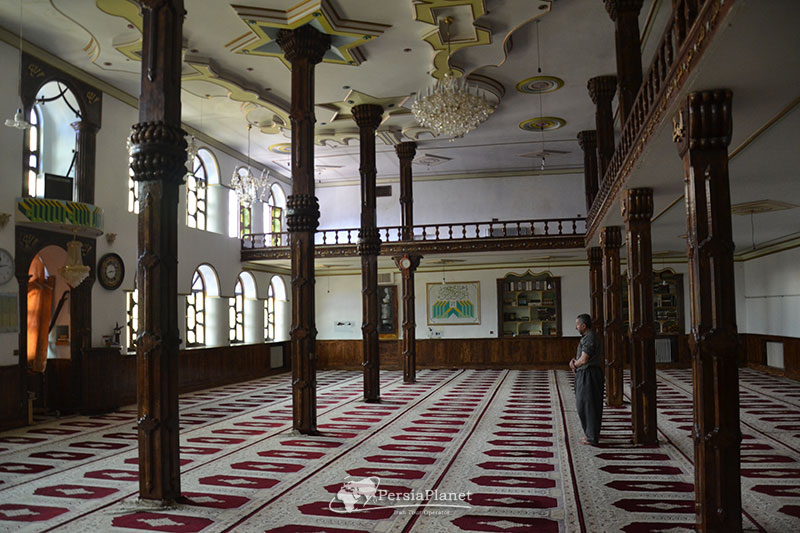Tekiye Moaven Al Molk

Salansar, Salanesar
February 7, 2023
Tang-e Dar Canyon, Daar
March 15, 2023Tekiyeh Moaven Al molk (Tekiyeh Moavon ol Molk) is one of the famous places of Kermanshah, which has become one of the architectural and religious masterpieces of Iran. This Tekiyeh, which is located in the center of Kermanshah city.
Tekiyeh Moaven Al molk is one of the historical buildings of Kermanshah city, which is a perfect example of the art and culture of Iran with its stunning architecture and decorations. This building is located on Haddad Adel Street in Kermanshah, and the old people still know this neighborhood by its old name, Abshuran.
History of Tekiye Moaven Al Molk
In 1902, “Hussein Khan Moin-ul-Araya” built the Hosseiniyah section of the Deputy of Al-Mulk for the purpose of holding ta’zih ceremony and mourning the martyrdom of Imam Hussain and commemorating the Karbala incident in Kermanshah city, and it was put into operation in 1903.
In 1909, a group of constitutionalists shot this building, destroyed it and set it on fire. After these events and also following the assassination of Hossein Khan Moin al-Araya, the reconstruction of Takiye was postponed for a long time. Finally, in 1941, “Mirza Hasan Khan Moaven Al Molk” bought this Hosseinieh from his brothers and started to restore it.
In 1947, Hassan Khan bought the building adjacent to Hosseinieh and built the Zainabiyeh and Abbasiyeh sections so that the place of support would be the answer for the mourners. In the same year, he dedicated the Takiye to holding religious and mourning ceremonies for the innocent imams. He sent 20 copies of the Waqf to the scholars of Najaf, Qom and Kermanshah, as well as to Moeini’s family. Moavon Al-Molk passed away in 1948, and he was buried in Zainabiyeh.
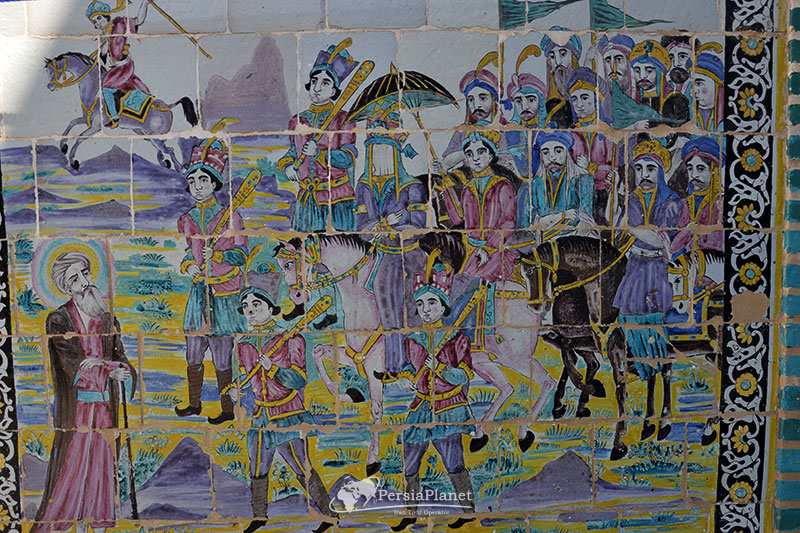
Architecture of Tekiye Moaven Al Molk
The Tekyeh building is 6 meters below the ground level and after entering from the main door located on Haddad Adel Street, you have to go down 17 steps to enter the entrance hall of the complex. Now you can enter the main collection, which consists of three parts, respectively, including Hosseiniyeh, Zainabiyeh in the center of the collection, and Abbasiyeh in the last part.
Takiye has three entrances, the main entrance to Haddad Adel street, the north door to Moavon al-Molk alley, and the south door to Ilkhani alley. The use of multiple doors in this complex in the past was for better holding of religious ceremonies, the entry of mourning groups and delegations and to prevent their interference with each other. Currently, the north and south doors of the complex are closed, and visitors enter and leave through the main door.
Takhey owes a large part of its fame to its unique and exceptional tile work, which experts have called rare and in some cases unique. The beautiful tiles of this collection are a unique manifestation of the connection between architecture and tiling. The richness of images in the tiles used, the variety of their colors, and the variety in the type of construction and dimensions of the tiles have turned the Takyeh Moavon Al-Molk into one of the most exquisite and spectacular buildings left over from the Qajar era.
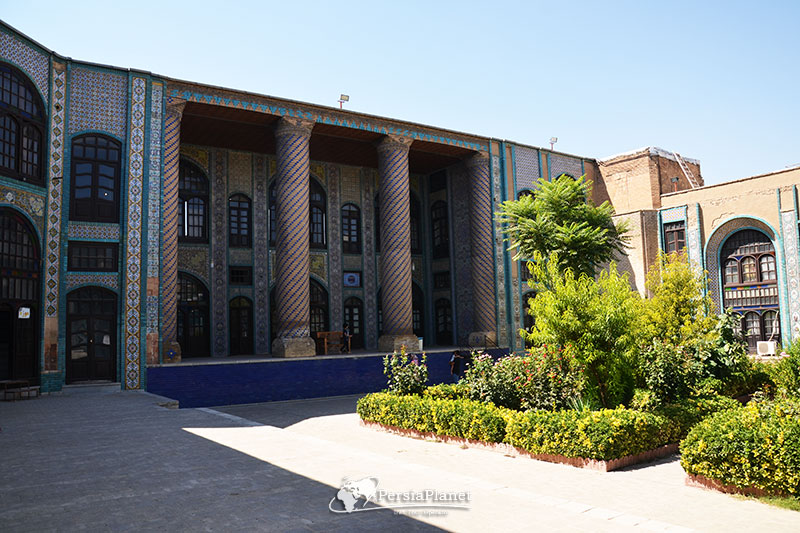
Where is Tekiye Moaven Al Molk?
Tekiye Moaben Al Molk is in Kermanshah, which is located in Kermanshah city in Haddad Adel St.
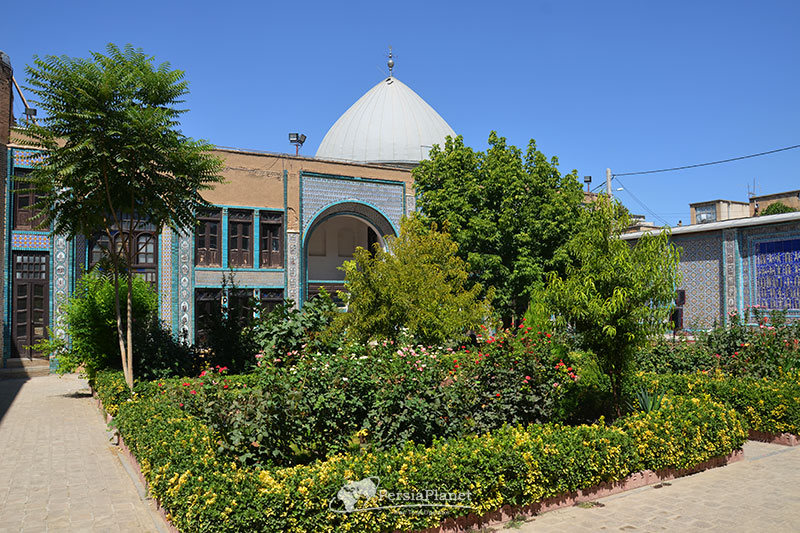
Visiting time of Tekiye Moaven Al Molk
Visiting hours: Every day except Fridays, from 9:00 a.m. to 7:00 p.m
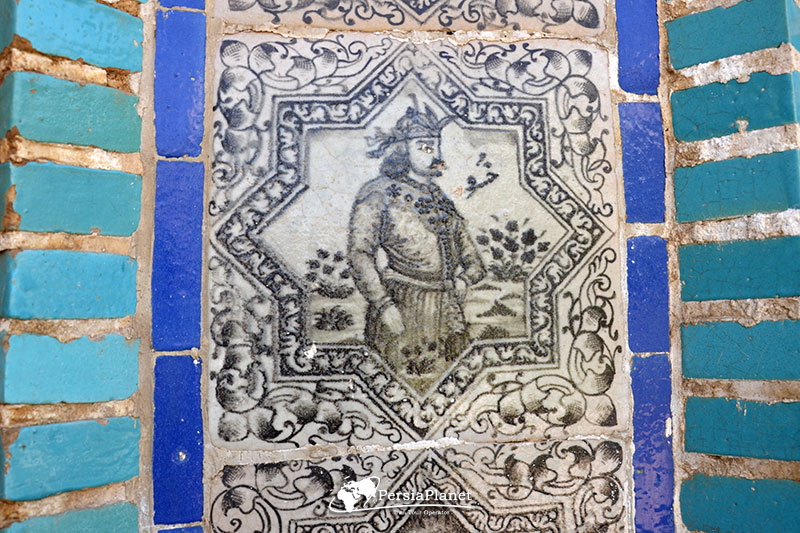
The best time to visit Tekiye Moaven Al Molk
The province has hot summers and cold winters. For this reason, if you plan to travel to this province, the best time to visit Kermanshah province is spring and autumn.



